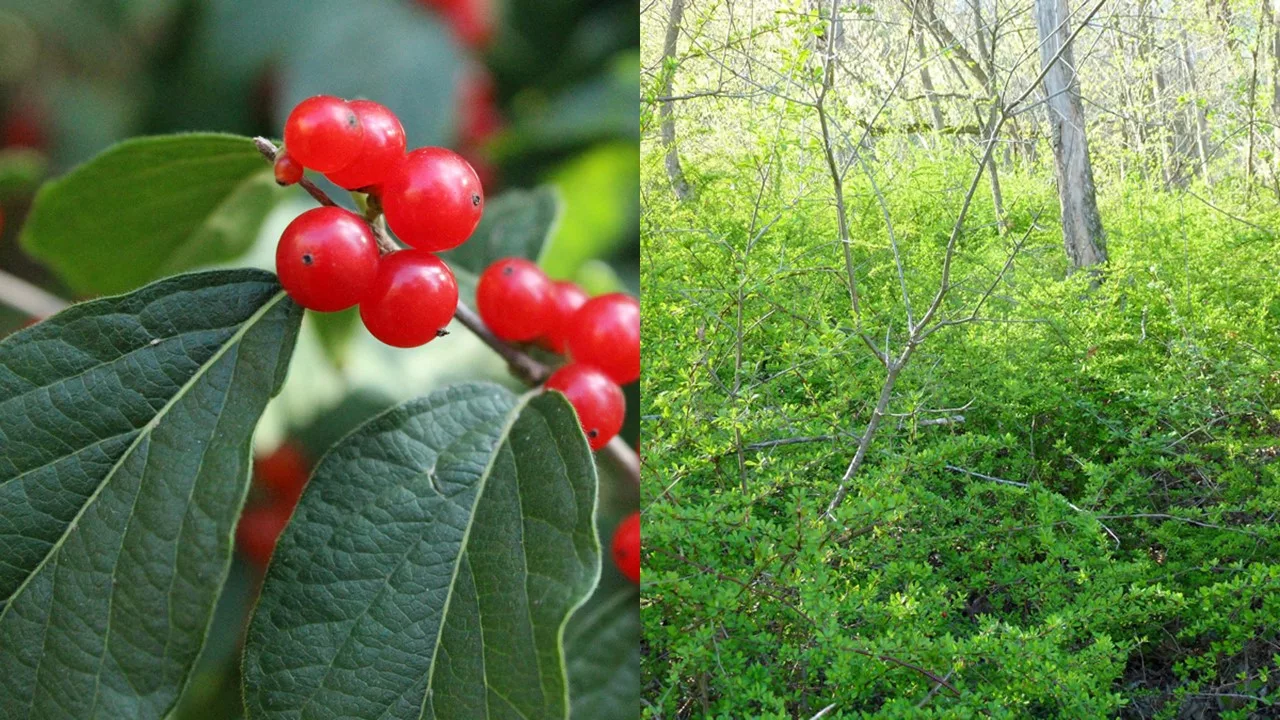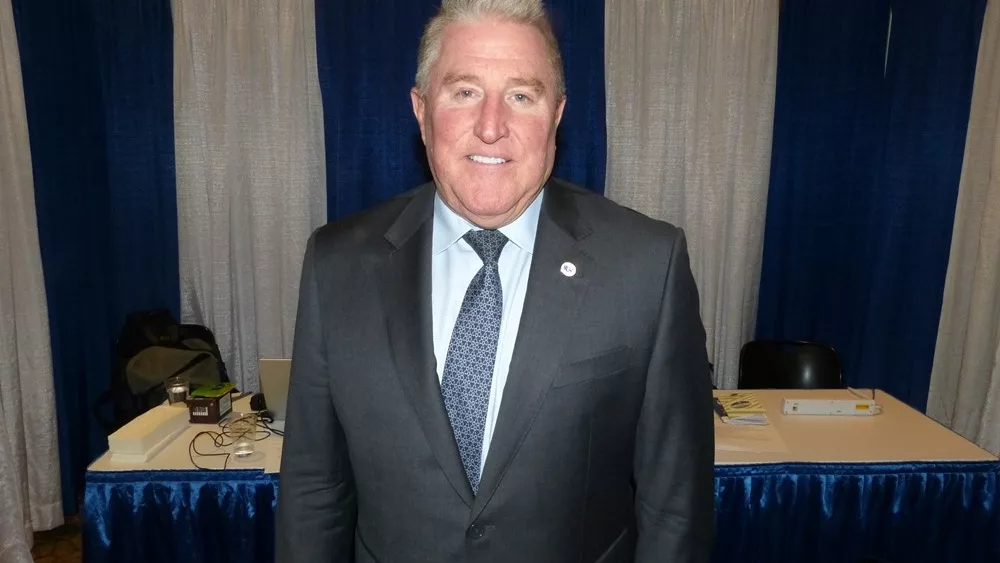
One of the biggest challenges facing Indiana’s woodland owners is getting rid of invasive plants that are harmful to Hoosier forests.
“There seems to be more of these plants out there and they have a major impact on the ecosystem,” says John Stambaugh of Bedford. He’s an Indiana forester and board member of the Indiana Forestry and Woodland Owners Association (IFWOA).
He says several invasive plants may already be familiar to gardeners and landscapers.
“Autumn Olive, Asian Bush Honeysuckle, Japanese Honeysuckle, perhaps Tree-of-Heaven, Privet, Barberry, and Burning Bush—those are probably the big ones that we see out there,” according to Stambaugh. “Many people would probably recognize several of these horticultural species like Barberry and Privet, which people started using in their landscapes and in their lawns. Those migrate off into the forests and cause havoc.”
Stambaugh says these invasive plants can take over a woodland area and choke off the resources for native plant life.
“They are so aggressive, and they can grow in so many conditions including low-light conditions,” says Stambaugh. “In many cases, many of them will emerge from foliation earlier in the spring to get a jump on the native plant life and a lot of them will remain active well into the fall as opposed to our native plant life that would be going in the dormancy. They will stretch out longer like Bush Honeysuckle. It’s like Japanese Honeysuckle—it doesn’t even hardly shut down.”
He says that IFWOA has many resources available to help tackle these invasive plants in your woodland areas.
“You have to have the attitude that this is going to be a long-term process,” says Stambaugh. “Normally in your woodlands—especially if you have a pretty extensive amount of them—you’ll want to get someone that’s qualified to assess how severe the problem is. You would want to have a professional forester. IFWOA has a great source if you go to IFWOA.org, you can identify these people and get a location of where these consulting foresters are.”
Invasive plant species will also be a topic of discussion during the Indiana Woodland Owners Conference coming up in DuBois County on Nov. 3 and 4, 2023. Click here for more information.






